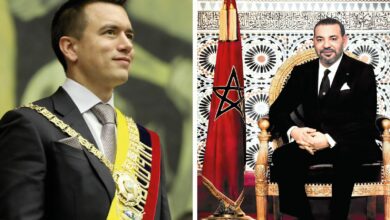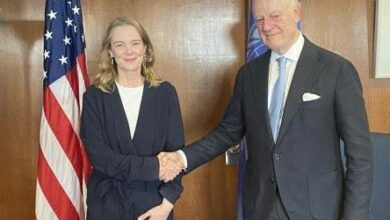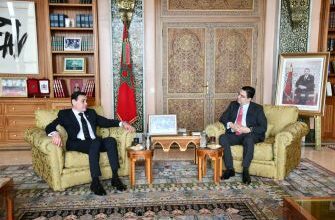Moroccan Student from Smara Plants Hope on the Moon: An Unprecedented Scientific Achievement in NASA’s Space Experiment
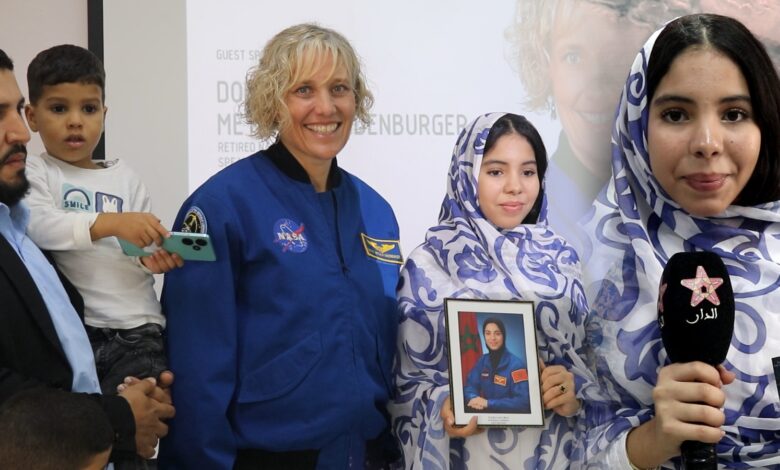
ALDAR/ Zakaria El Jabri
Horia Bachikh, a student from the city of Smara, has achieved an extraordinary milestone after successfully growing lentil seeds on the surface of the Moon. This accomplishment was part of an international scientific project supervised by the U.S. National Aeronautics and Space Administration (NASA), involving students and researchers from around the world.
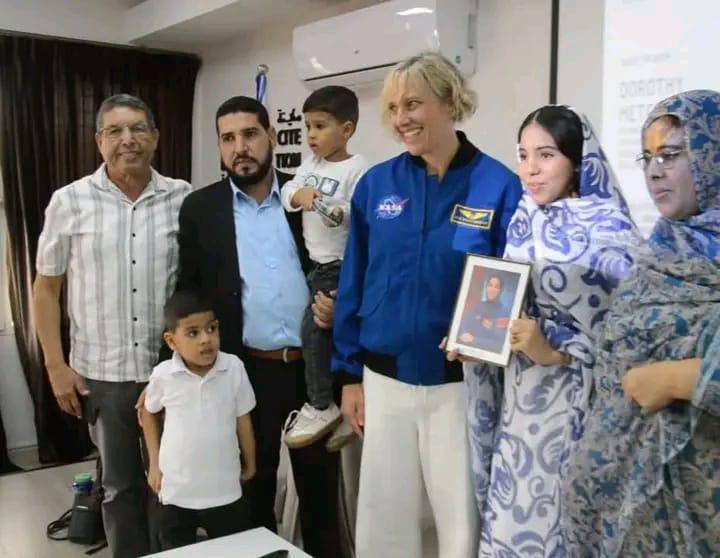
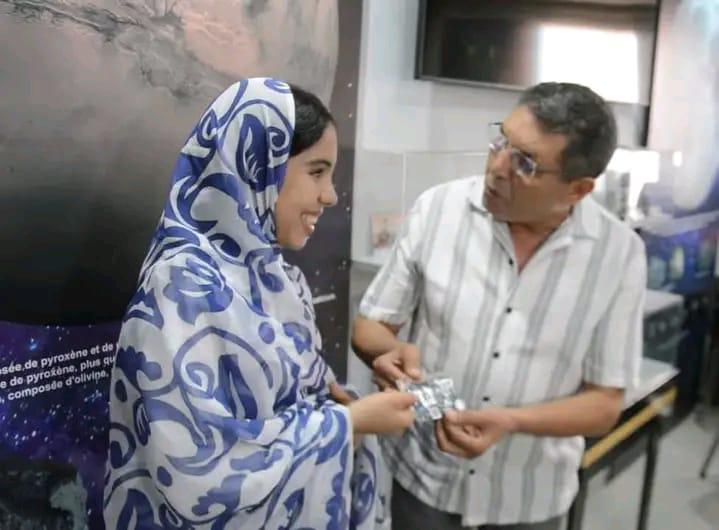
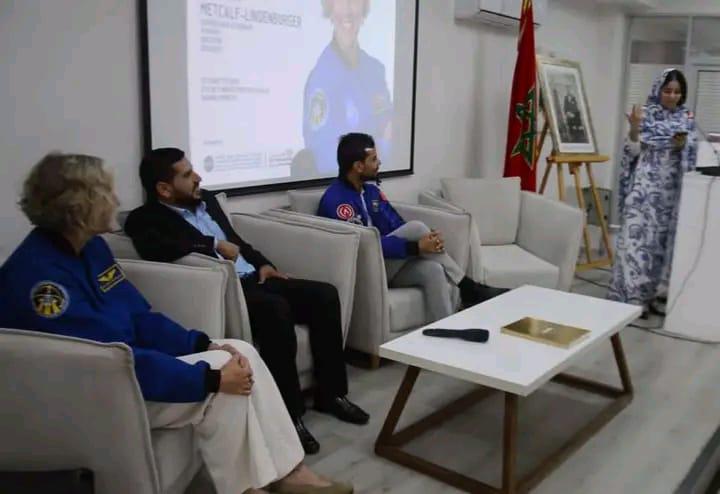
What began as a simple classroom idea in southern Morocco evolved into a comprehensive scientific project that captured the attention of experts in space and biological agriculture. Horia’s experiment was selected after undergoing several rigorous stages of scientific evaluation within an international educational program designed to encourage students to innovate in the fields of technology and space research. The experiment focuses on testing plants’ ability to grow in a lunar-like environment that replicates conditions such as radiation exposure, the absence of an atmosphere, and water scarcity — key challenges scientists face in their plans to establish future human colonies beyond Earth.
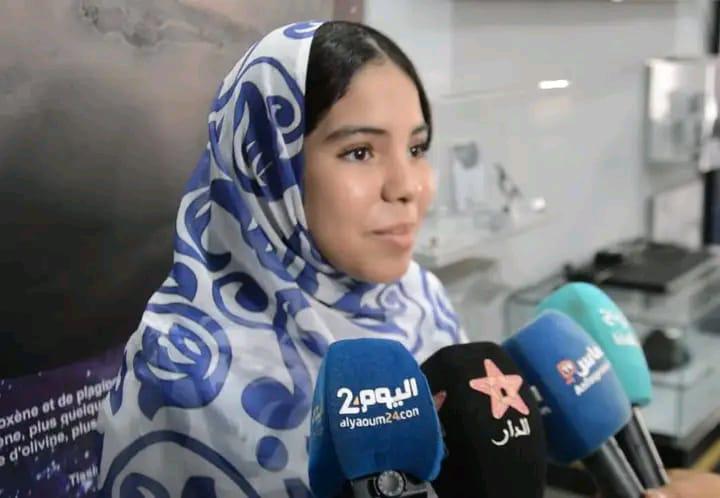
According to scientific data published by NASA, the purpose of such research is to understand the biological adaptation mechanisms of plants in extreme environments, paving the way for the development of sustainable agricultural systems for long-term space missions, such as those destined for the Moon or Mars. Plants are considered essential to these missions because they produce oxygen, provide food, and help recycle vital resources.
Horia’s success in this project was no coincidence but rather the result of years of hard work, the support of her teachers and school, and her dedication to studying biology and astrophysics. Her selection to represent Morocco in this global initiative is a testament to the ability of Moroccan students to compete in advanced fields of scientific research.
This experiment opens the door for a new generation of Moroccan researchers, particularly in the fields of space, energy, and biotechnology. It also marks a significant shift among Moroccan youth toward scientific innovation, moving away from the traditional mindset that confines ambition to local boundaries.
Horia Bachikh’s success in “planting lentils on the Moon” is not merely symbolic — it is a powerful message that the Moroccan mind is capable of creativity and contribution to major humanitarian projects. As NASA continues to monitor the results of her experiment closely, this achievement stands as a shining milestone in Moroccan education and a clear reminder that investing in young minds is the surest path toward a promising scientific future.

